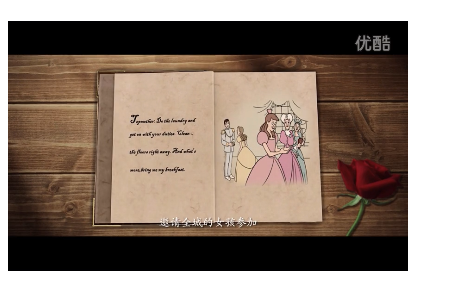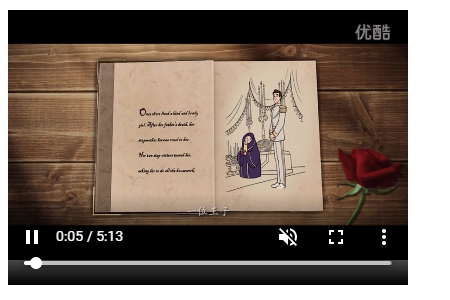
The video tag in HTML5 is used to play video files. In the video tag, we can set the width and height of the window, automatic playback of the video, loop playback, and cover image of the video, etc.
HTML5 is the next The first generation of HTML added many new tags, which implemented many new functions. It also reduces the need for external plug-ins and handles errors better. For example, the video tag in HTML5 can effectively achieve the effect of playing videos on the page. Next, in the article, I will introduce you to how to use the video tag in detail, which has a certain reference effect. I hope it will be helpful to you

[Recommended course:HTML5 tutorial】
Detailed usage of HTML5 video tag
is used to play video files, such as movies or other video streams. You can place text content between the start tag and the end tag. The advantage of doing this is that some lower version browsers can display information that the tag is not supported.
Example:
Definition of width and height
We can customize the width and height of this video to change its window size
Rendering:

Auto play
We can set the properties to enable automatic play of the video
(1) Use the autoplay attribute to allow the browser to play the video file immediately after loading it

We can also set the muted state during automatic playback. The purpose of this is When the video automatically plays, the sound will be muted, and we can also turn on the sound by clicking on the speaker of the player
Rendering:

Loop playback
We can use the loop attribute to loop the video from the beginning when it ends. The code is as follows
Preload media files
Set different attribute values in the preload attribute to tell the browser how to load a media file:
auto: Indicates that the browser automatically downloads the entire file
none: Indicates that the browser does not have to download the file in advance
metadata: Indicates that the browser first obtains the data block at the beginning of the video file. This is enough to determine some basic information (such as the total duration of the video, the first frame of the image, etc.)
Set the cover image of the video
The video can be set through the poster attribute Cover image, the browser will use this image in the following three situations:
(1) The first frame of the video has not been loaded
(2) Set the preload attribute to none
(3) The specified video file was not found
Rendering:

Summary: The above is That’s all for this article. I hope this article can help everyone learn to use the video tag.
The above is the detailed content of How to use the video tag in HTML5. For more information, please follow other related articles on the PHP Chinese website!
 How to set startup items at startup
How to set startup items at startup ICP coin prospect analysis
ICP coin prospect analysis How to cancel automatic renewal at Station B
How to cancel automatic renewal at Station B How to open jsp
How to open jsp winkawaksrom
winkawaksrom Which is more difficult, c language or python?
Which is more difficult, c language or python? Compare the similarities and differences between two columns of data in excel
Compare the similarities and differences between two columns of data in excel What should I do if the Chinese restart setting of vscode does not take effect?
What should I do if the Chinese restart setting of vscode does not take effect?